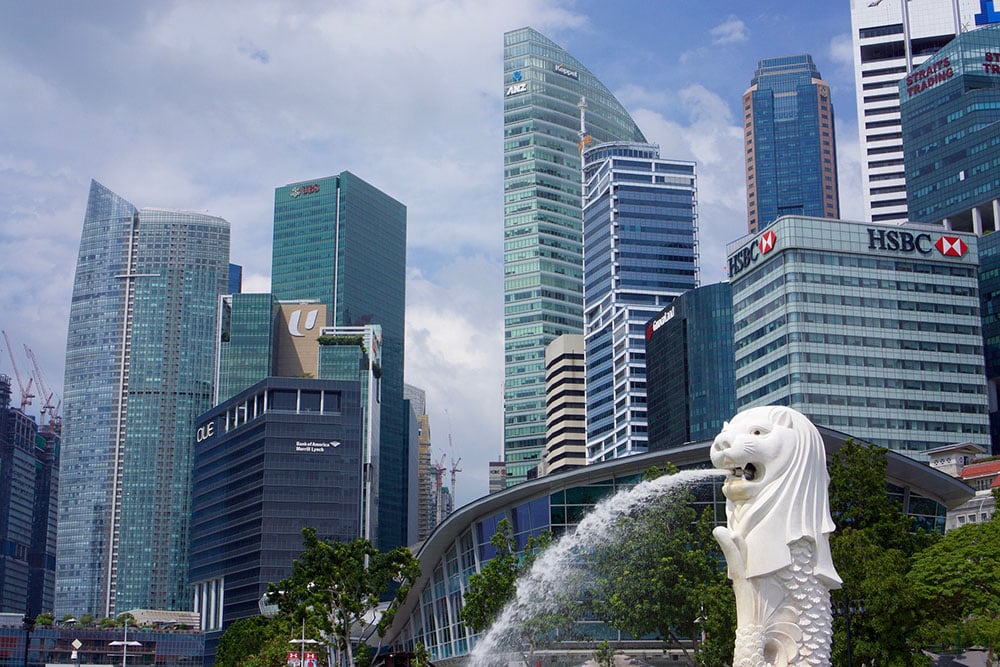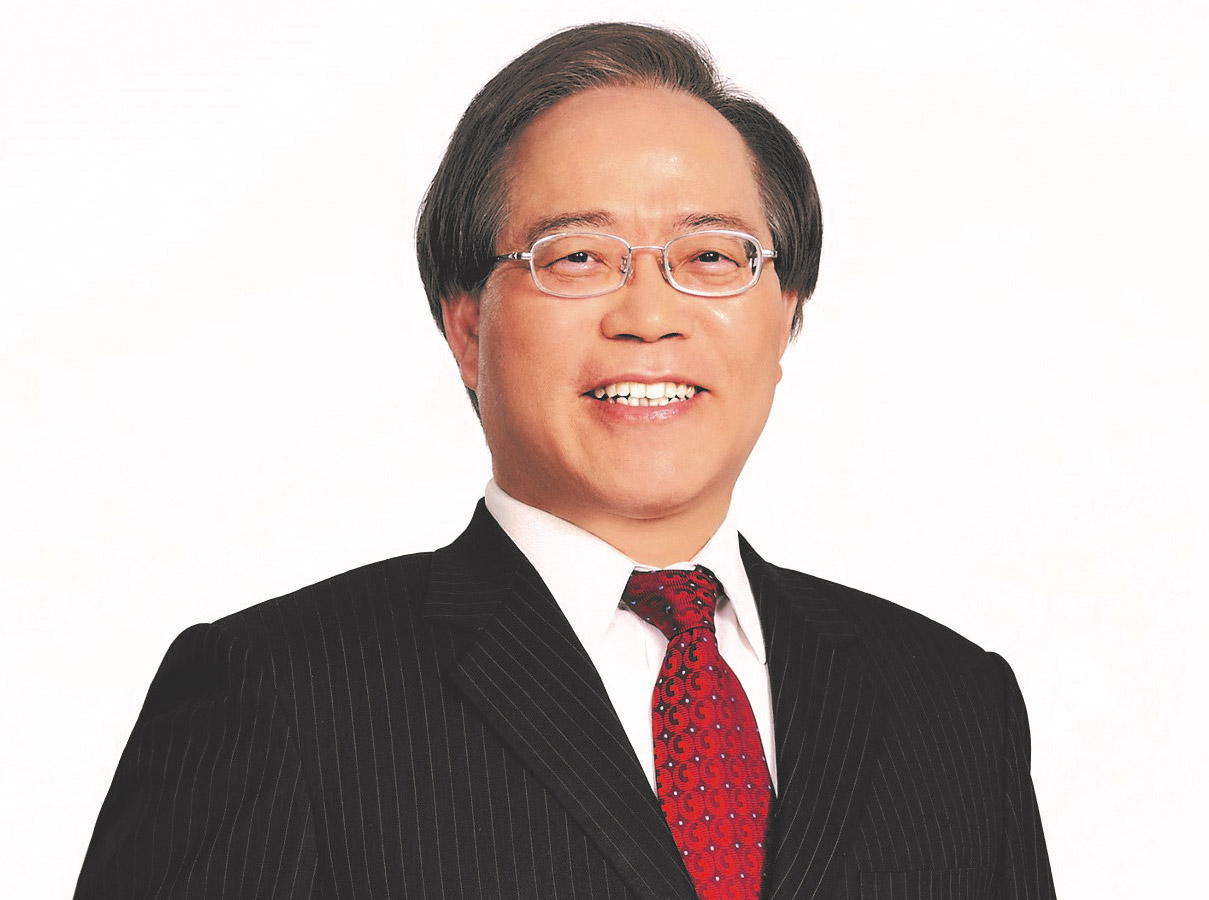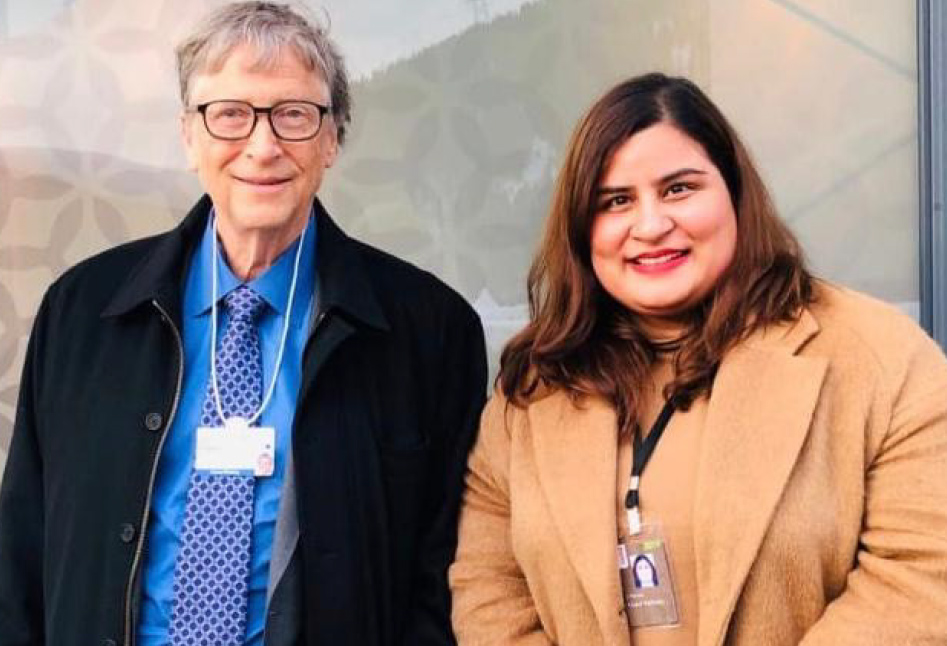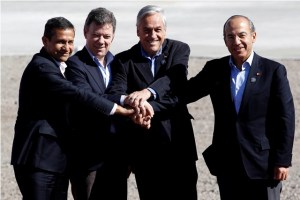[vc_row][vc_column width=”1/2″][vc_column_text]
Association of Southeast Asian Nations
Confucius said: “Never give a sword to a man who can’t dance”. In other words, one must learn the civilised arts before going to war. In Southeast Asia today, there are many who think that someone has given China a big sword, and there’s no evidence China is much of a dancer. Relations between the nations of Southeast Asia and its northern neighbour have never been so tense. In a region of metaphorical dragons, tigers and snakes, the Association of Southeast Asian Nations (ASEAN) is currently adopting the characteristics of the panda, and in the eyes of some, is pussy-footing around its big brother. Famed for its traditions of hospitality, complicated social formalities, politeness and ritualistic behaviour, westerners are often bemused by the region. But behind the inscrutable smiles there is real cause for concern as China begins to lay claim to the South China Seas; converting tiny island chains into military bases and claiming sovereignty where none has previously existed. The threat to trade through these ancient sea routes is causing alarm. There are ten countries within ASEAN – Brunei, Cambodia, Indonesia, Laos, Malaysia, Myanmar, Philippines, Singapore, Thailand, and Vietnam. The total population of these states stands at 622 million, and the region has one of the largest economies in the world. It is predicted that by 2050 it will be the fourth largest economy on the planet. It also has one of the biggest labour forces, just behind China and India. The organisation was formed more than 50 years ago, with the aim of bringing prosperity through free trade and ease of travel between member states. The relationship between the ASEAN community and China has zig-zagged between good and awful throughout its existence. China has seen the economic blossoming of Southeast Asia as both a good example and a serious threat. The Chinese have tried to both charm and threaten the organisation over recent years. As the Chinese dragon grows into an economic and military superpower, its relationship with the friendly pandas in the ASEAN countries is on a knife edge.
What trade deals are there with other countries and economic unions?
ASEAN - Japan Comprehensive Economic Partnership (from 01/12/2008)
ASEAN - Australia - New Zealand Free Trade Area (from 01/01/2010)
ASEAN - China Free Trade Area (from 01/01/2010)
ASEAN - India Free Trade Area (from 01/01/2010)
ASEAN - Korea Free Trade Area (from 01/01/2010)
Free Trade Agreement between Hong Kong, China and the Association of Southeast Asian Nations (from 11/06/2019)
[/vc_column_text][/vc_column][vc_column width=”1/2″][vc_column_text]Member Countries
Country | Population (2018) | GDP Growth (2021, %) | Date Joined |
|---|---|---|---|
434,076 | -1.6055 | 07/01/1984 | |
16,245,729 | 3.0264 | 30/04/1999 | |
266,794,980 | 3.6912 | 08/08/1967 | |
6,961,210 | 2.5284 | 23/07/1997 | |
32,042,458 | 3.1326 | 08/08/1967 | |
53,855,735 | -17.9847 | 23/07/1997 | |
106,512,074 | 5.7032 | 08/08/1967 | |
5,791,901 | 7.6140 | 08/08/1967 | |
69,183,173 | 1.5663 | 08/08/1967 | |
96,491,146 | 2.5889 | 28/07/1995 |
Singapore — the leading financial centre in the Asia-Pacific region
Taiwan’s Chunghwa Telecom Takes Private 5G Tech to the Next Level
Dr Chitwan Malhotra: Healthcare Hands Meet Across the Waters in Push for Rebuild
Vietnam – No Stopping Country on the Ascendancy
IFC: Corporate Governance Gains Prominence with the Forthcoming ASEAN Economic Community
Boosting Trade Competitiveness Key for Sustained Growth in Malaysia
DEG: Germany Eyes Future Markets Beyond the BRICS
New ‘Pacific Alliance’ Upbeat and Seeking Competitive Advantages
[/vc_column_text][/vc_column][/vc_row]
Loading, Please Wait!
This may take a second or two.























































































